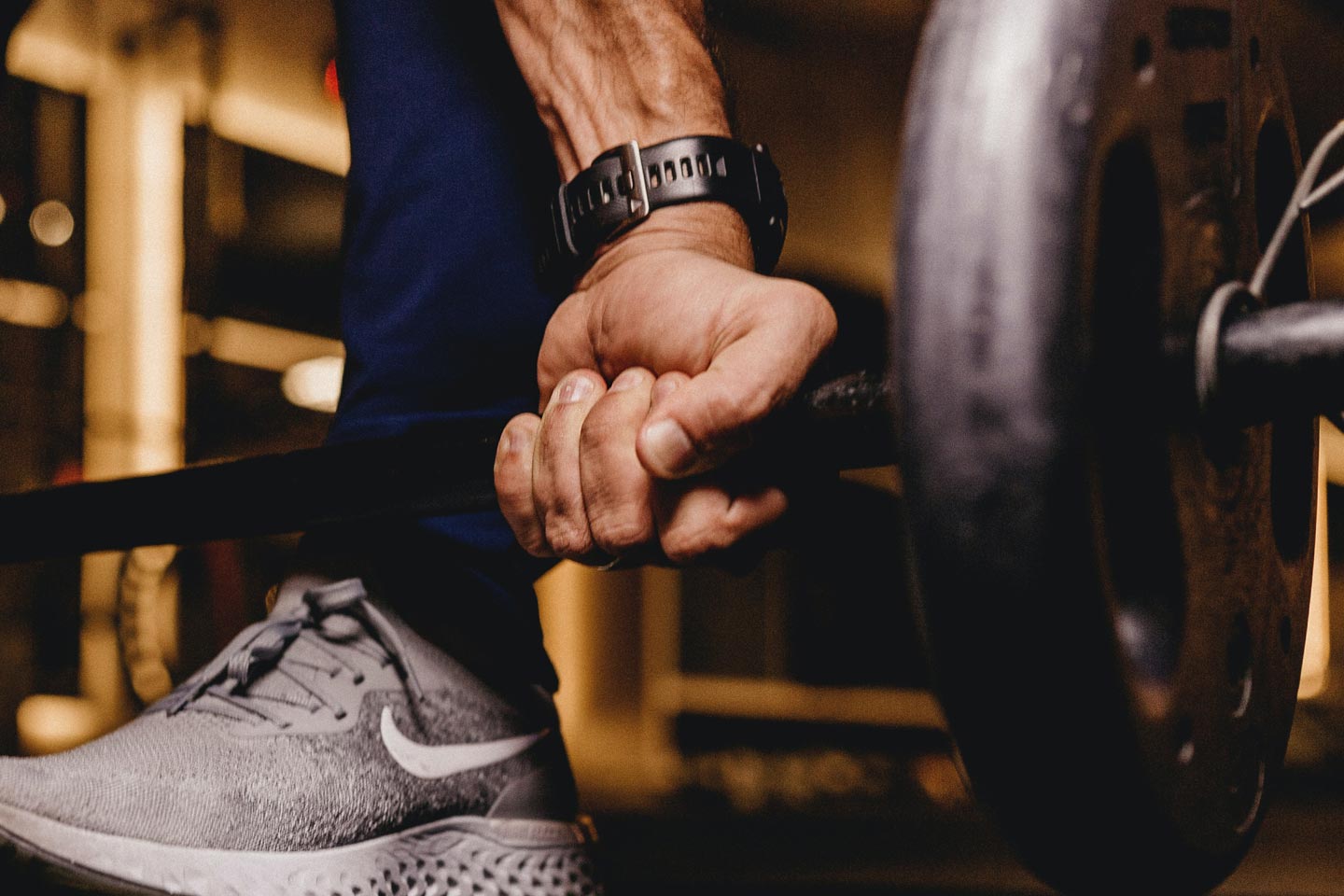Bigorexia
Do you feel unsatisfied with your body shape, constantly striving to become more muscular? Is your desire to be more muscular constantly in your thoughts? Do you feel pressured by society’s view that you need to be more toned, more defined and more muscular? Are you chasing a body type that you know deep down is unattainable?
Bigorexia is recognised as an anxiety disorder and is more commonly known as “muscle dysmorphia” or "reverse anorexia".
Both anorexia and bigorexia involve a distorted perception of one's body image. In anorexia, sufferers believe themselves to be fat when they are often dangerously underweight; in bigorexia, there's an insatiable dissatisfaction in one's muscular build, even when reality suggests otherwise.

Bigorexia most commonly affects men, but women can suffer from the condition also. It’s believed that one in ten men who obsessively attend the gym are bigorexic.
Bigorexia often leads to depression and steroid abuse. In some, it can lead to suicide. The condition is becoming more and more prevalent but is likely to go undiagnosed due to the lack of general awareness regarding the disorder.
Bigorexia generally manifests as an obsession with the size of one’s muscles and an irrational concern about appearing physically underdeveloped or weak. Common symptoms include:
- Overexertion at the gym
- Compulsive exercising and working out
- Steroid use
- Excessively examining their body in the mirror
- Supplement and protein shake abuse
- Anger and irritability
- Depression
- Mania
- Poor self-esteem
- Worry and anxiety
- Panic attacks (primarily related to cancelled or missed gym sessions)
- Intense training despite injury
- Prioritising gym sessions over social and family life

What are the causes of bigorexia?
Bigorexia is a relatively recent phenomenon, so there's little research into the condition. However, it's believed that the condition is linked to a need to look a particular way to feel powerful, successful, and attractive. The aim for many bigorexics is to develop a "six-pack" around the abdomen and the classic V-shape prevalent in renaissance art.
Several potential factors could contribute to the condition:
Environment
After counselling, many sufferers have established that there’s an environmental factor in their muscle dysmorphia. Some report that their childhood environment and relationship with their parents could be a factor in their condition, while others associate childhood bullying and emotional trauma.
What to look out for
The condition can be difficult to spot because - physically - the person appears to look healthy. However, the suicide rate in people suffering from bigorexia is unusually high.

The stress and distraction experienced through the condition can provoke work absence and abstinence from social settings. Many researchers believe that muscle dysmorphia is rising and could be attributed to the cultural emphasis on male muscularity as seen through social media and online.
While bigorexia is rarely seen in women, it does occur and has been recognised in female bodybuilders who may have previously experienced sexual assault.

